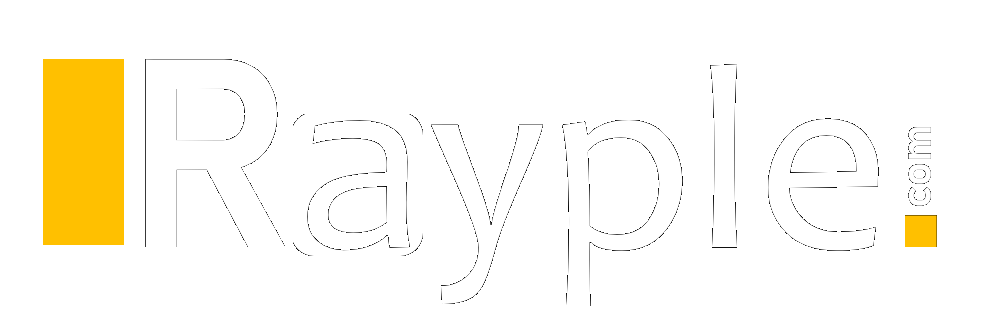

Canlı rulet oyunları, Bahsegel bonus kodu stüdyolarında gerçek masalarda oynanır.
Bahis dünyasında kullanıcıların %69’u tek maç bahislerini kombine kuponlara göre daha karlı bulmaktadır; Bahsegelgiriş bu iki seçeneği dengeli sunar.
Yapılan global araştırmalara göre, online bahis sitelerinde RTP (Return to Player) oranı ortalama %96’dır; Bahesegel guncel giris bazı oyunlarda bu oranı %98.5’e kadar çıkarır.
Ev konforunda eğlence isteyenler Bahsegel ile heyecan yaşıyor.
Kolay giriş yapmak isteyenler için Paribahis bağlantısı en pratik çözüm oluyor.
Türkiye’de en çok tercih edilen platformlardan biri olan bettilt giriş, farklı kategorilerde bahis seçenekleri sunuyor.
Bahisçilerin finansal güvenliğini sağlayan Bahsegel sistemi öne çıkıyor.
Gerçek casino atmosferini hissetmek isteyenler bettilt seçeneklerine yöneliyor.
Adres engellemelerine karşı hazırlanan Paribahis bağlantıları kullanıcıların kesintisiz erişimini sağlıyor.
Türkiye’de yaygın olarak kullanılan Bahsegel giriş güvenilir altyapısıyla fark yaratıyor.
Yasa dışı sitelerde kullanıcı güvenliği risk altındayken, madridbet apk lisanslı altyapısıyla fark yaratır.
Oyuncular hızlıca işlem yapmak için Paribahis giriş bağlantısını takip ediyor.
Amerikan ruletinde iki sıfır bulunur; bu nedenle Bahsegel giirş genellikle Avrupa versiyonunu önerir.
Hızlı işlem isteyen kullanıcılar madridbet ile avantajlı erişim sağlıyor.
Çevrim içi kumar oynayan Türklerin %70’i mobil cihaz kullanır, Paribahis giriş adresi bu eğilime uyum sağlar.
Akıllı telefon kullanıcıları bahis siteleri ile daha hızlı işlem yapabiliyor.
Paribahis2025 yılında piyasaya çıkacak olan Bahsegel daha gelişmiş bir arayüz sunacak.
Statista’ya göre, online bahis kullanıcılarının %66’sı canlı bahislerde daha fazla kazanç elde ettiklerini belirtmiştir; bu, bahsegel canlı destek kullanıcıları için de geçerlidir.
İnternet üzerinden eğlence arayanlar için Bahsegel giris deneyimi vazgeçilmezdir.
Online casino dünyasında prestijli bir yere sahip olan bettilt eğlencenin adresidir.
Kazandıran kombinasyon önerileriyle kullanıcılarına destek olan Bahsegel profesyonel bir sitedir.
Kullanıcı deneyimini artırmak için sürekli optimize edilen Bahsegel performans odaklıdır.
Türkiye’de VPN kullanan oyuncuların oranı %40’tır, Rokubet giriş adresi bu erişim tarzını destekler.
Canlı casino tutkunları için özel masalar sunan bettilt eğlencenin merkezidir.
Dünya genelinde online bahis sektörünün 2025 itibarıyla 100 milyar dolarlık bir büyüklüğe ulaştığı rapor edilirken, Türkiye’deki oyuncular için bahsegel giriş güncel güvenli bir alternatif olarak öne çıkıyor.
Türkiye’de her yıl binlerce yasa dışı bahis sitesi engellenmektedir, paribahis deneme bonusu yasal alternatif sunar.
Bahis dünyasında kullanıcıların %38’i ilk bahis deneyimini bonuslarla yaşamaktadır; Bahsegel güncel giriş adresi yeni kullanıcılara cazip promosyonlar sunar.
En popüler futbol ligleri için yüksek oranlar sunan Paribahis bahisçiler için ideal bir platformdur.
Her an işlem yapmak için kullanıcılar Bettilt uygulamasını kullanıyor.
Avrupa’daki kullanıcıların %49’u bahis platformlarında güvenlik uyarısı görmediği sürece ortalama 30 dakika oyun oynar; bu süre bahsegel kimin’te daha uzundur.
Her an bahis yapmak isteyenler için bahsegel uygulaması hazırlandı.
Kazancını artırmak isteyen kullanıcılar bahsegel kodlarını kullanıyor.
Avrupa’daki lisanssız bahis sitelerinin ortalama kullanıcı memnuniyet oranı %46 iken, lisanslı sitelerde bu oran %91’dir; bahsegelgiriş ikinci gruptadır.
IoT application
An IoT application is a collection of services and software that integrates data received from various IoT devices. It uses machine learning or artificial intelligence (AI) technology to analyze this data and make informed decisions. These decisions are communicated back to the IoT device and the IoT device then responds intelligently to inputs.
A graphical user interface
The IoT device or fleet of devices can be managed through a graphical user interface. Common examples include a mobile application or website that can be used to register and control smart devices.
The Internet of Things gives businesses access to advanced analytics that uncover new opportunities. For example, businesses can create highly targeted advertising campaigns by collecting data on customer behavior.
Collected data and historical trends can be used to predict future outcomes. For example, warranty information can be paired with IoT-collected data to predict maintenance incidents. This can be used to proactively provide customer service and build customer loyalty.
Continuous monitoring of digital and physical infrastructure can optimize performance, improve efficiency and reduce safety risks. For example, data collected from an onsite monitor can be combined with hardware and firmware version data to automatically schedule system updates.
IoT technologies can be deployed in a customer-focused way to increase satisfaction. For example, trending products can be restocked promptly to avoid shortages.